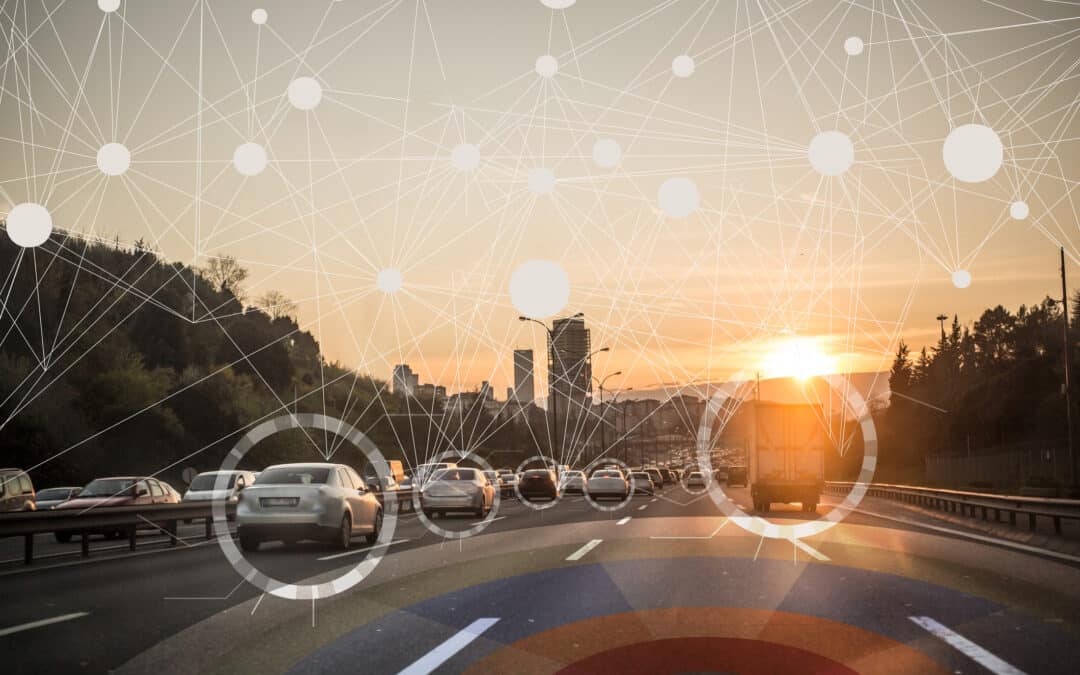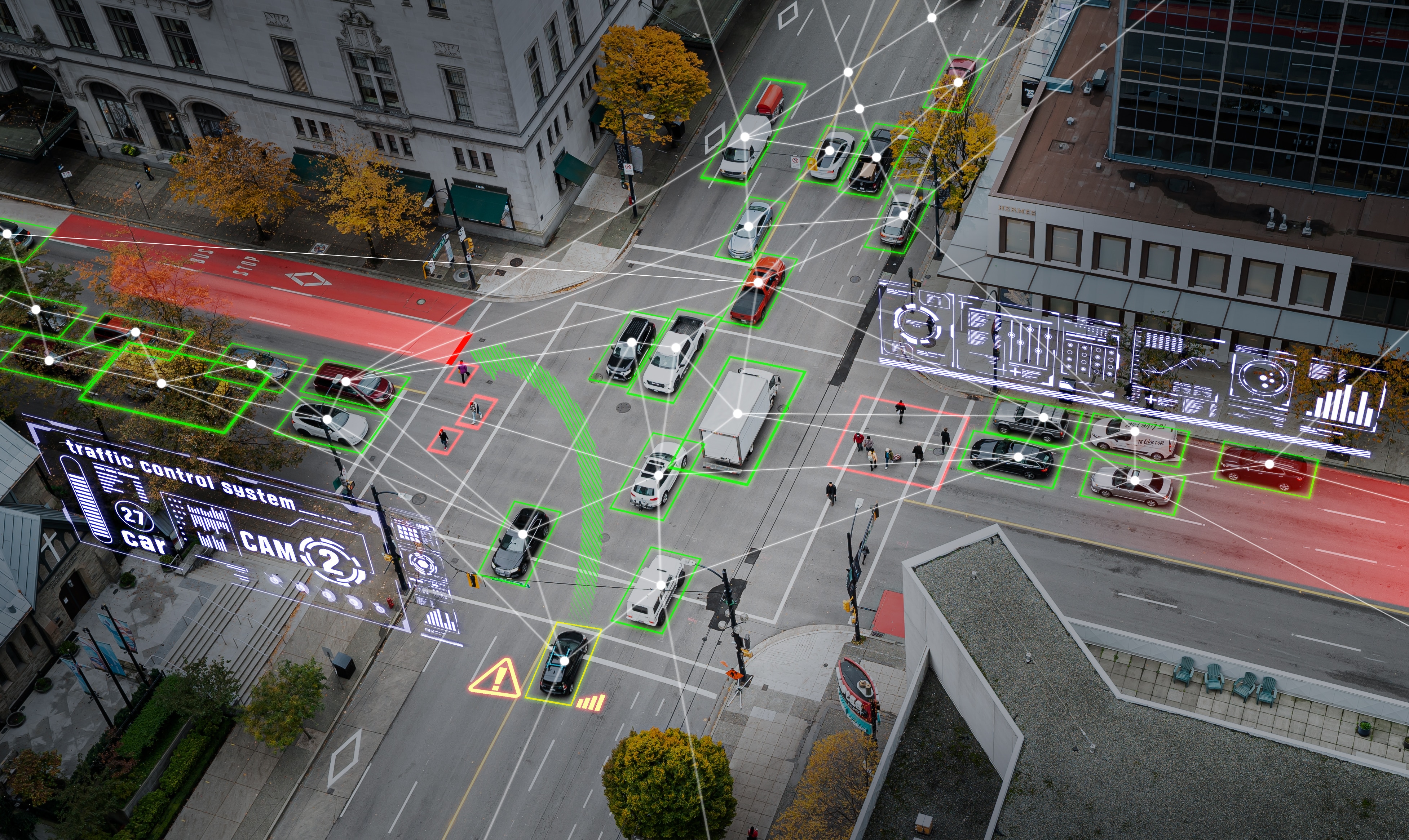Self-driving cars have sparked a revolution in the automotive industry, raising questions about their capabilities and limitations. One question that often surfaces is whether these innovative vehicles are equipped with the smart vehicle sensors necessary for an autonomous response to emergency vehicles.
Understanding emergency vehicle detection is crucial for tech enthusiasts and the general public, as it highlights the safety measures and capabilities of self-driving cars. In this blog, we’ll discuss the current state and potential of self-driving cars in recognizing and responding to emergency vehicles, the various challenges involved with emergency vehicle detection, and provide a comprehensive view of where the technology stands today and moving forward.
Keep reading to learn more about autonomous vehicle technology and its role in ensuring the safety of our roadways. Interested in learning more about how to elevate your fleet’s performance and reliability? Contact TCS Upfitting to discover the difference our specialized services can make.
Self-Driving Car Technology and the Role of AI in Vehicle Perception
At the heart of these new technological advancements lies a sophisticated network of artificial intelligence (AI) and smart vehicle sensors. These technologies work together to create vehicles that can navigate the roads with the precision and safety consumers expect. However, detecting emergency signals in autonomous cars poses a unique set of challenges that are being addressed through continuous innovation.
The ability of autonomous cars to perceive and interpret their environment is heavily reliant on the role of AI. AI enables cars to make split-second decisions informed by vast amounts of data. Decision-making in AI is powered by complex algorithms that can analyze sensor data to identify other vehicles, pedestrians, and even emergency vehicles’ distinct sounds and appearances.
Autonomous cars are equipped with a suite of smart vehicle sensors that serve as the eyes and ears on the road. From LIDAR to radar and high-definition cameras to ultrasonic sensors, each component provides a different layer of detection. This combination of technology is pivotal for day-to-day navigation and detecting emergency signals, thereby ensuring these vehicles can respond appropriately to critical situations on the fly.
- LIDAR sensors provide a 3D view of the car’s surroundings, which is essential for situational awareness.
- Radar technology can detect objects at longer distances and through adverse weather conditions, contributing to a car’s ability to react under varied conditions.
- High-definition cameras capture visual data that algorithms analyze to recognize emergency lights and directional signals.
- Ultrasonic sensors are ideal for short-range detection, rounding out a car’s ability to navigate complex urban environments.
The integration of these technologies embodies the promise of a safer driving future, where autonomous cars can swiftly adapt to emergencies, mitigating risk and potentially saving lives.
Challenges and Innovations in Autonomous Emergency Vehicle Detection
The ability of self-driving cars to understand and react to urgent situations on the road is not only about technological capability but also about adherence to stringent regulatory frameworks and safety standards.
Current legal frameworks lay out critical benchmarks that manufacturers of autonomous vehicles must meet to ensure their creations can safely coexist with traditional cars and respond to emergencies. These regulations are principally focused on how self-driving vehicles identify and respond to emergency vehicles and the implementation of failsafe measures should technology misinterpret or fail to detect these signals.
Manufacturers and tech giants are tirelessly innovating to enhance the reliability in which autonomous cars detect and negotiate with emergency vehicles. Progress in sensor accuracy and the refinement of AI algorithms are at the forefront of ongoing research. These improvements aim to address the swift identification of emergency transport, regardless of weather conditions or surrounding noise pollution.
Additionally, the integration of audio detection has improved autonomous cars and their ability to detect emergency vehicles. This technology enables self-driving vehicles to recognize sirens and other unique aural signals tied to emergency vehicles. Combined with visual recognition software, this innovation ensures a robust response system that further solidifies the safety protocols for deploying autonomous car fleets on public roads.
Enhanced AI Algorithms for Emergency Situations
Another critical aspect of these features lies within the advanced emergency vehicle detection technology. Let’s delve into how AI is transforming the safety landscape for autonomous vehicles during emergency scenarios.
- Modern self-driving cars are ingrained with AI algorithms sophisticated enough to identify emergency response vehicle signals such as sirens and flashing lights.
- Once an emergency signal is detected, the AI swiftly analyzes the scenario to decide the safest and quickest response, whether to pull over or yield the right-of-way.
- These proactive measures ensure that the path of emergency responders remains clear, thereby prioritizing their urgent missions and preventing potential delays.
- Enhanced AI also improves the real-time communication capabilities between autonomous cars, spearheading advancements in collaborative safety responses during emergencies.
As a driver or passenger in the era of autonomous driving, your safety in an emergency does not solely rely on human perception and reaction. AI technologies promise a comprehensive and reliable approach to handling unforeseen events on the roads, potentially saving lives and improving efficiency for all transportation network users.
TCS Upfitting — Revolutionizing Emergency Vehicle Readiness
The future of transportation is being sculpted with each advancement in autonomous vehicle technology. Being aware of these safety mechanisms, specifically the safety protocols for autonomous cars detecting emergency vehicles, is crucial for grasping both the current capabilities and the continued progress of technology.
Are you in need of specialized vehicle upfitting solutions that align with your unique needs? At TCS Upfitting, we pride ourselves on our deep technical expertise and unwavering commitment to quality and customer service. Our experienced team is ready to equip your vehicles with the essential equipment they need, from sirens and lights to advanced communication systems, ensuring they are fully prepared for their critical roles.
TCS Upfitting isn’t just a service provider; we are your partner in ensuring the utmost safety and efficiency of your fleet. Let us help you transform your vehicles into high-performing, dependable units ready for any challenge.
Don’t compromise on the safety and performance of your vehicles. Contact TCS Upfitting today to explore our diverse range of quality inventory and upfitting solutions tailored to your specific needs.



